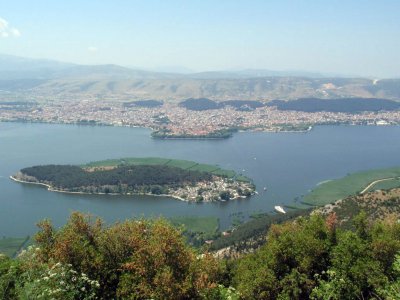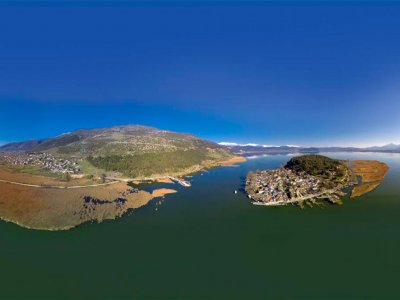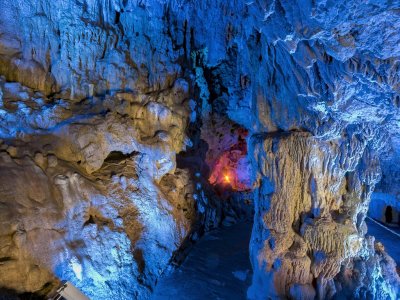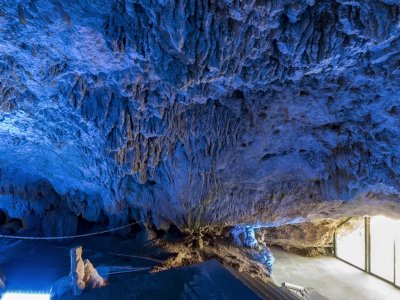Geological Elements

The area of Ioannina was very different in the geological past. The rocks that make it up today were created millions of years ago, when instead of land Ioannina was part of an ocean that separated Africa from Eurasia. This happened during the Mesozoic century (AD), when other parts of the world were dominated by dinosaurs and other terrestrial and marine organisms, very different from today. Thus, throughout the oceanic period, it received at its bottom a huge thickness of sediments - deposits, which were deposited horizontally, occupying its entire area. Sometimes this was done in shallower sea conditions and sometimes in deeper ones.
Geological Past
Towards the end of this century, in the period called Senonio (about 70 to 80 million BC), carbonaceous materials continued to be deposited on the seabed, mainly skeletal remains of marine organisms, which over time, were to be converted. on the hard and solid limestone rock of Goritsa hill of Perama.
Geological changes
But for that to happen, major geological changes had to take place to turn the ocean into land. In order for the rocks to emerge, it was necessary to compress them, which meant the closing of the ocean basin between Africa and Eurasia. This was due to the proximity of one continent to another, ie their convergence.
These changes occurred during the geological period of the Oligocene-Lower Miocene (about 35-15 million BC), which compacted the once horizontally formed rocks and folded them to emerge. From these events onwards, the geological history of the area begins to be more decisive for the current picture it presents. This was followed, at the end of the Miocene period (approximately 5 million years ago), by the initial configuration of the Ioannina basin.
Then the dissolving limestone, which formed the basin, began to erode from the rainwater - a process called karst erosion - causing it to expand and deepen. The streams and torrents of the adjacent mountains masses flowed into the basin, transporting sediments from the erosion of the rocks that crossed. These materials were deposited at the bottom of the basin, "shielding" it. Thus during the Pleistocene (5-2 cm BC) water is concentrated in the basin, unable to escape inside the rocks and forms a large lake.
From this period onwards the area of the lake gradually decreases, the erosion processes shape the neighboring mountains and hills, the groundwater forms caves and each geological event finally shapes the current image of the area.
An additional factor in this formation was the presence of glaciers and the corresponding periods during the Pleistocene. Around this geological period at the end of the Pleiocene or the beginning of the Pleistocene (1.8 million years ago) the cave of Perama was created, ie in the very recent geological past.








